
Tax breaks for energy efficient home upgrades are nothing new. The government has been offering them since 2005, after all.
However, they recently got a big boost, thanks to the Inflation Reduction Act of 2022. The law not only broadened the types of updates eligible for tax credits, but it also made the credits more valuable.
In 2020, the most recent year for which data is available, 2.4 million residents claimed at least one residential energy tax credit, according to the National Association of Home Builders. Keep reading to see which were the most popular upgrades.
Nonrefundable tax credits

There are two energy efficiency tax breaks available to individuals:
- Residential clean energy credit
- Energy efficient home improvement credit
Both are nonrefundable. That means that, unlike refundable tax credits, you won’t get any money back if the credit exceeds your tax liability. These energy credits can wipe out any tax you owe, though.
Following are the most popular home upgrades taking advantage of these credits.
7. Advanced main air circulating fan
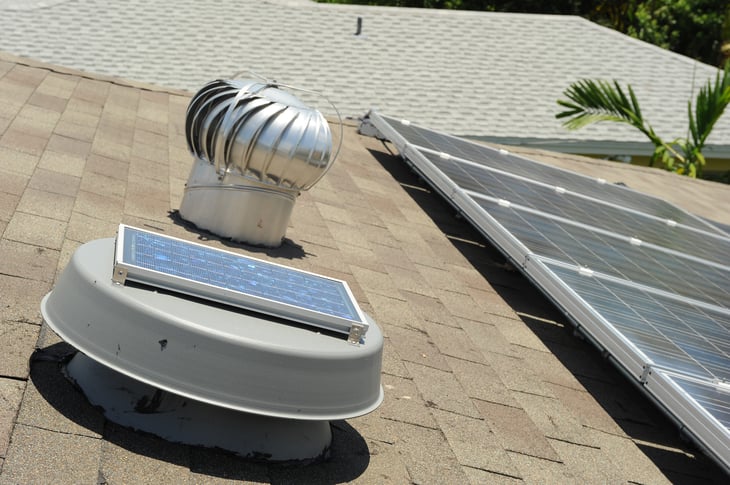
Tax break for which this home upgrade may qualify: Energy efficient home improvement credit
Maximum value of this tax break for the 2023 tax year: 30% of cost, up to a $1,200 combined annual credit limit for this and certain other types of qualified upgrades
This tax break is for certain types of fans used in natural gas, propane or oil furnaces.
6. Energy-efficient building property
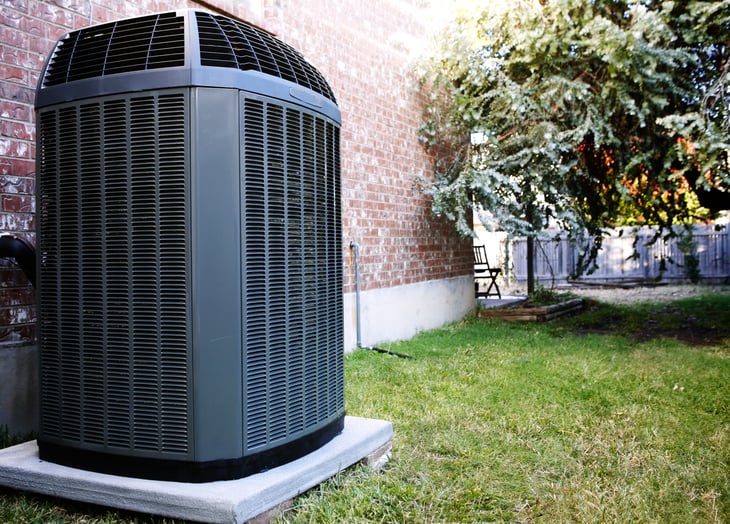
Tax break for which this home upgrade may qualify: Energy efficient home improvement credit
Maximum value of this tax break for the 2023 tax year: 30% of cost up to a credit of $300 (applies toward a $1,200 combined annual credit limit for this and certain other types of qualified upgrades)
This catch-all category allows taxpayers to claim a credit for energy-efficient building property that is put into service.
5. Exterior doors
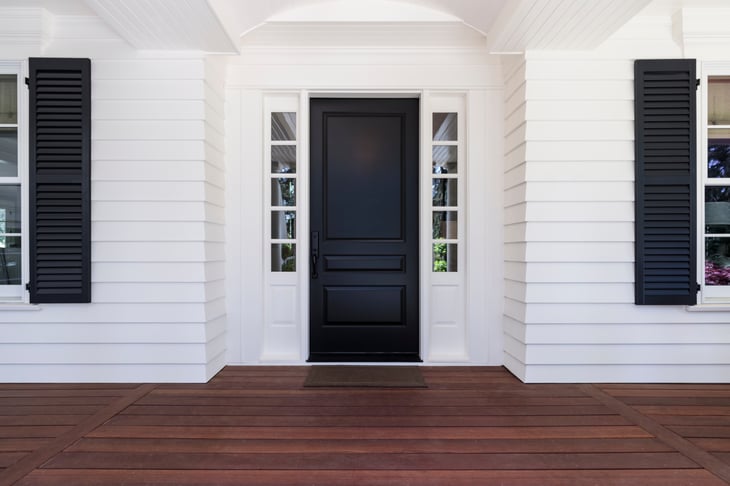
Tax break for which this home upgrade may qualify: Energy efficient home improvement credit
Maximum value of this tax break for the 2023 tax year: 30% of cost for a credit of up to $250 per door, up to a total of $500 (applies toward a $1,200 combined annual credit limit for this and certain other types of qualified upgrades)
To qualify for the credit, exterior doors must meet applicable Energy Star requirements.
4. Insulation
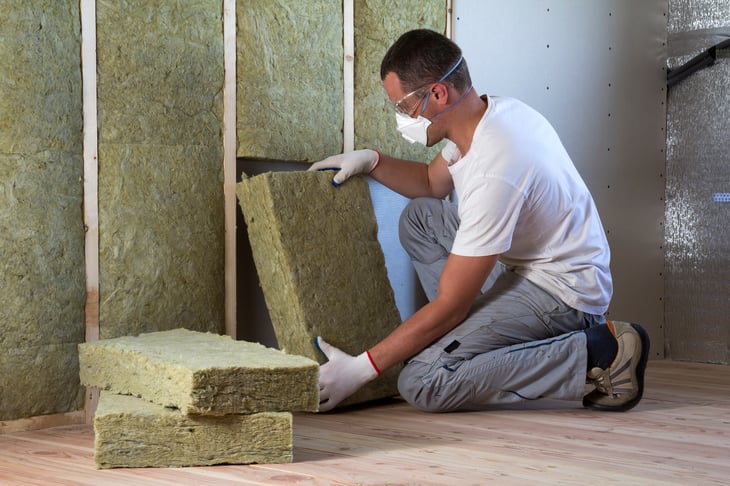
Tax break for which this home upgrade may qualify: Energy efficient home improvement credit
Maximum value of this tax break for the 2023 tax year: 30% of cost, up to a $1,200 combined annual credit limit for this and certain other types of qualified upgrades
Insulation must comply with the International Energy Conservation Code (IECC) standards that were in effect at the start of two years prior to its installation. For instance, insulation installed in 2023 needs to meet IECC standards that were in effect on Jan. 1, 2021.
3. Qualified natural gas, propane or oil furnace or hot water boiler
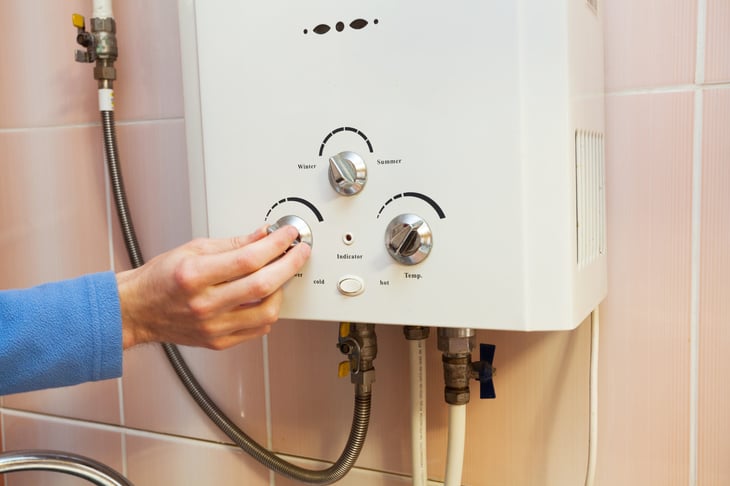
Tax break for which this home upgrade may qualify: Energy efficient home improvement credit
Maximum value of this tax break for the 2023 tax year: 30% of cost, including labor, for a credit of up to $600 per item and $2,000 total
Only items that meet or exceed the highest efficiency tier (not including any advanced tier) established by the Consortium for Energy Efficiency (CEE) in the year they are installed are eligible for the credit.
2. Exterior windows/skylights
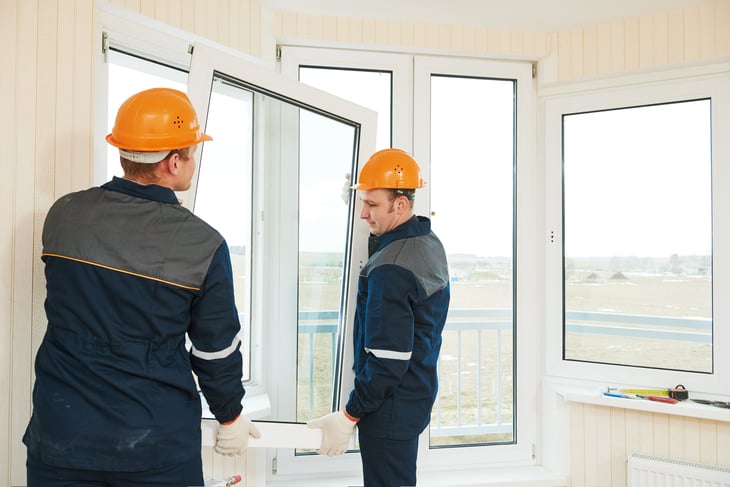
Tax break for which this home upgrade may qualify: Energy efficient home improvement credit
Maximum value of this tax break for the 2023 tax year: 30% of cost for a credit of up to $600 (applies toward a $1,200 combined annual credit limit for this and certain other types of qualified upgrades)
To claim a credit, windows and skylights must meet Energy Star’s most efficient certification requirements.
1. Solar electric property
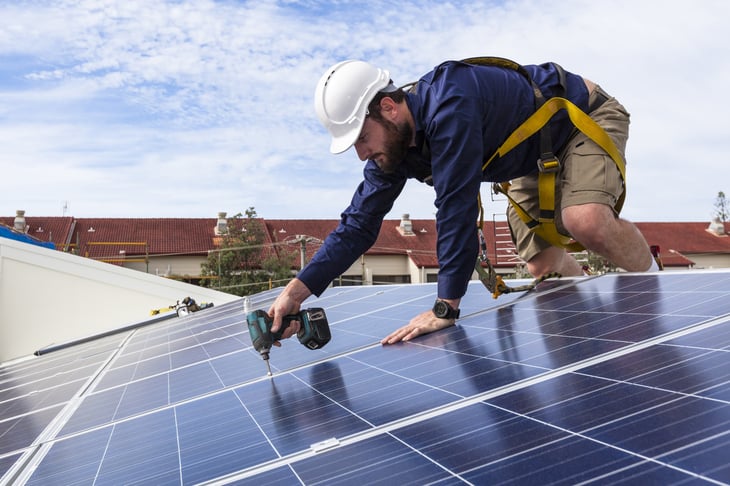
Tax break for which this home upgrade may qualify: Residential clean energy credit
Maximum value of this tax break for the 2023 tax year: 30% of the cost
Only solar electric property installed on a home in the United States and used as a residence by the taxpayer qualifies for a credit. However, the taxpayer doesn’t have to own the residence; they can be renting it. The property doesn’t have to be a main home either.
